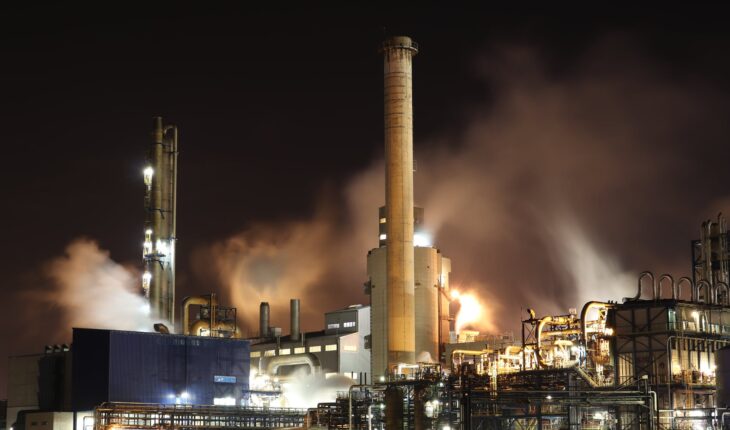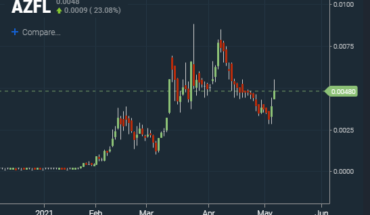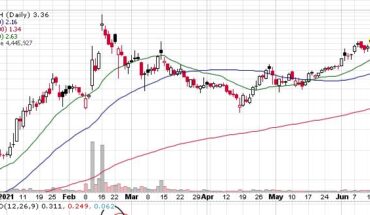Oil prices solidified Monday, with Brent trading near $70 a barrel on growing optimism that fuel demand will grow in the next quarter, while investors looked ahead to see how producers will respond at this week’s OPEC+ meeting.
Trading was thin as U.S. and UK markets were closed on Monday due to public holidays. Brent crude futures settled up 60 cents, or 0.9%, at $69.32 a barrel, off a session high of $69.82. U.S. West Texas Intermediate crude rose 0.9% and last traded at $66.91 a barrel. Both contracts were set for a second monthly gain.
Analysts expect oil demand growth to outstrip supply despite the possible return of Iranian crude and condensate exports.
This is the second straight month of higher oil prices, meaning investors will look closely at the industry this month.
After negative press last week for several blue chip Oil & Gas companies, including Exxon, Dutch Shell, and Chevron; oil & gas investors could look to more growth based opportunities.
Three Oil & Gas Penny Stocks to Watch This June include: VAALCO Energy, Inc. (NYSE: EGY), and Allied Energy Corporation (OTCMKTS:AGYP)
VAALCO Energy, Inc. (NYSE: EGY)
VAALCO Energy, Inc. (NYSE: EGY) is an energy company based out of Houston, Texas. It explores, develops, and produces crude oil and natural gas.
The company started the spring with a bang, but has since come off of it’s highs. Looking like it has found support at its current price range around $2.75, it could be building strength for another run.
Petrogress, Inc. (OTCMKTS:PGAS)
Petrogress, Inc. (OTCPK: PGAS) is based out of Delaware. But it’s involved with the exploration and production of crude oil in Africa.
The stock made a major move in February from .057 to .18. The stock pulled back and retested its high hitting 20 cents before slowly settling around its current price. The stock could be poised for another run and is worth monitoring.
Allied Energy Corporation (OTCMKTS:AGYP)
AGYP is interesting because one of it’s exploration strategies involves reworking shallow wells. Shallow wells, defined as any oil well drilled to a depth of 10,000 feet or less, while most expect shallow wells to dry up sooner than deeper ones, this isn’t always the case. Some shallow wells last 50 years or more.
Shallow oil wells are less expensive to drill, maintain and produce from. They also tend to come with fewer complications at every stage — pooling is easier and less costly, permits are cheaper and easier to get and equipment is easier to maintain and replace. In total, the oil well drilling cost breakdown comes out in favor of shallow wells. One drilling specialist estimated that the average cost for a shallow well was around $200,000, while a deep well’s cost totaled in the millions. This is especially true when comparing shallow oil wells to offshore platforms, which require even more money annually to maintain. The key to keeping costs low, however, is ensuring that the shallow well meets local regulations in order to avoid fines and litigation costs.
AGYP is quite volatile, settling between a low of .0095 and a high of 62 cents at its current share price of 30 cents.




